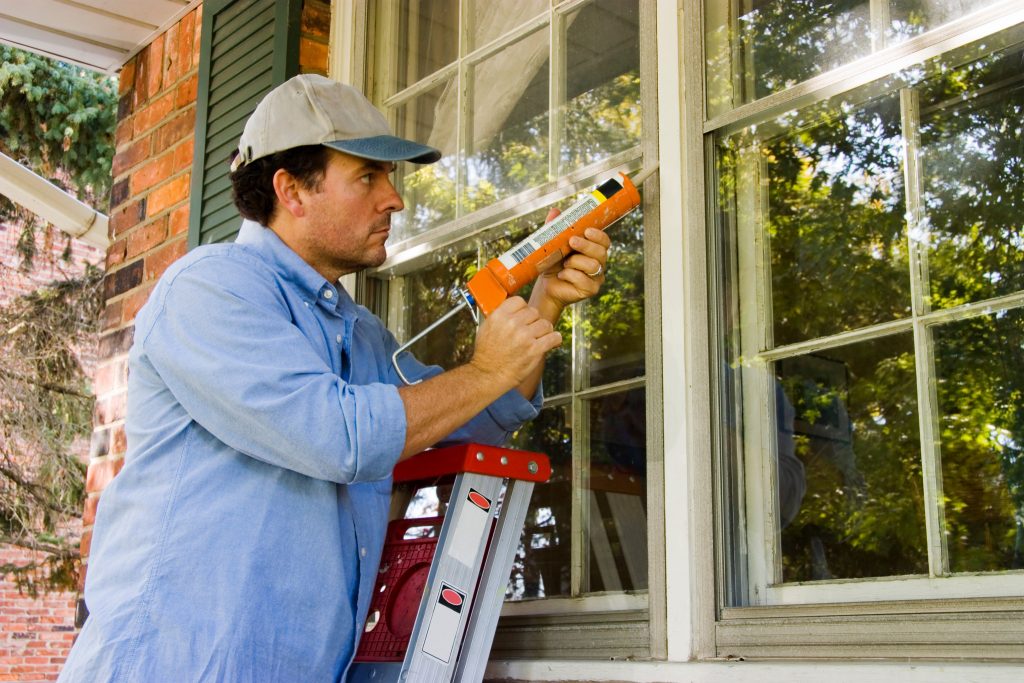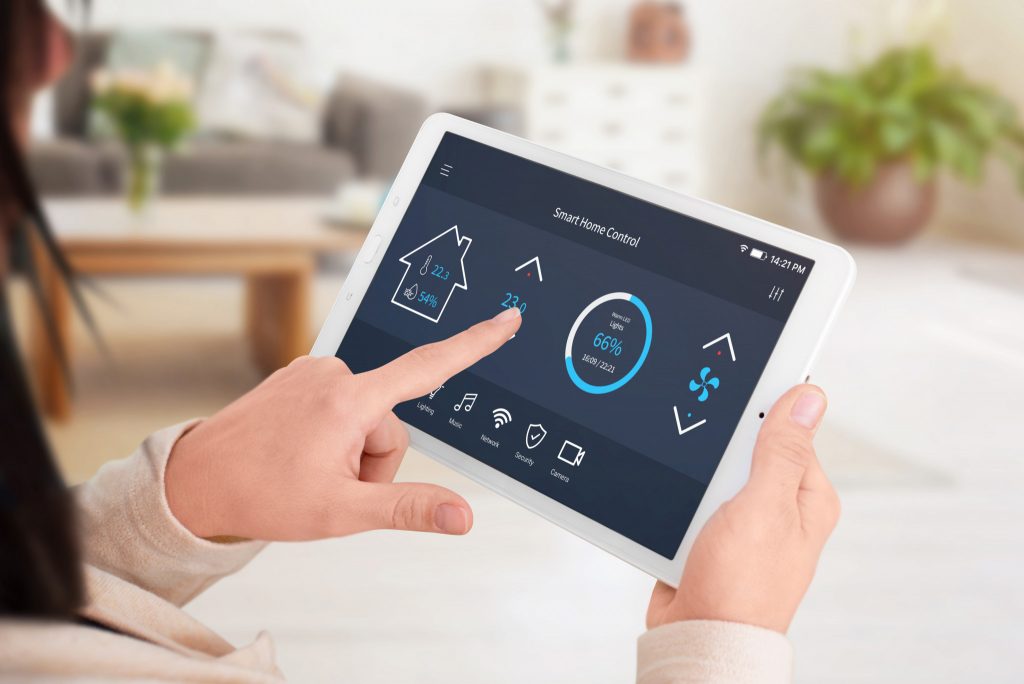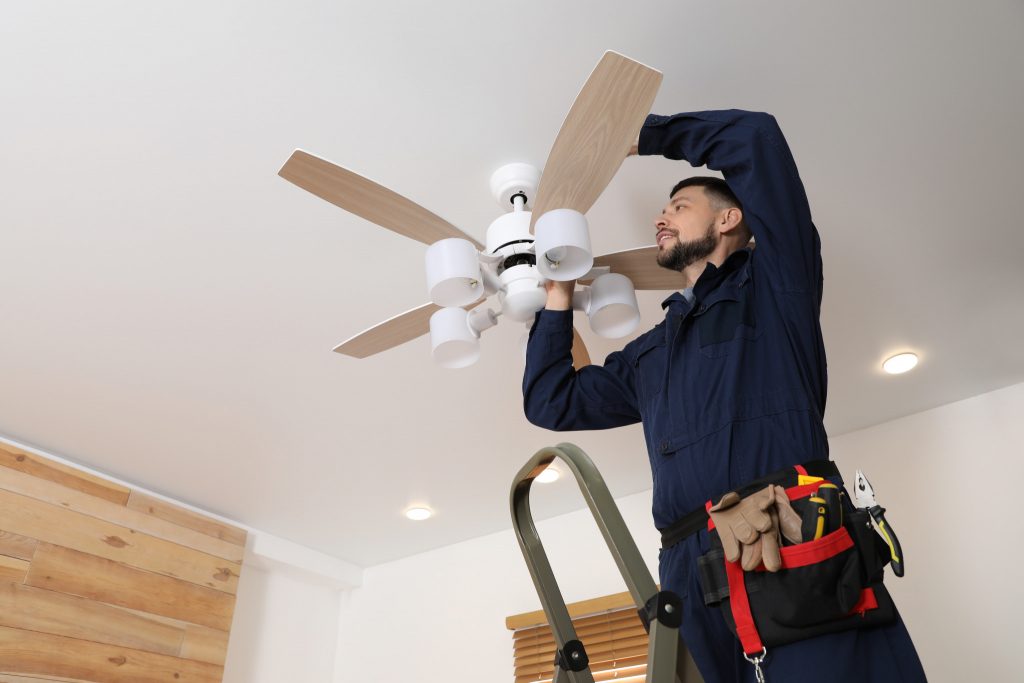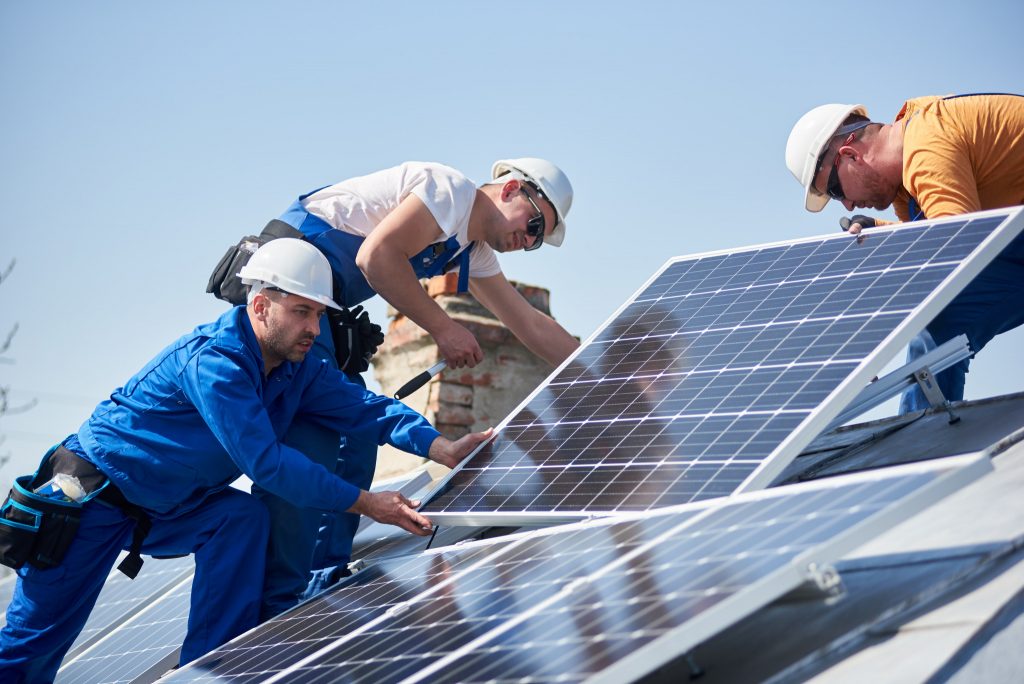California has some of the highest energy prices in the country, and with recent heat waves triggering rolling blackouts and epic energy bills, many residents are wondering what they can do to reduce the energy their home consumes. Curbing energy usage is essential for reducing greenhouse gas consumption, but in today’s economic climate, it’s also important for families and individuals facing ever-increasing living costs. And cutting costs around the home is also an effective way to help beat rising inflation and minimize the effects of an economic downturn. Additionally, recent legislative acts and rebates also encourage homeowners to make larger improvements, adding value to homes—while saving money in the long term.
Whether you are looking to cut energy costs in the long run or for your current bills, there are many things you can do to decrease your carbon footprint and improve your quality of life in your home. In this post, we’ll cover some of the most impactful things you can do and also detail ways to take advantage of government incentives to save even more money. Keep reading to learn more!
1. Check for Air Leaks and Drafts
Air gaps not only allow hot or cold outside air in, but they allow the air you pay good money to heat and cool inside your home out, reducing the efficacy of your HVAC system, making your home less comfortable, and costing you money. These air leaks are common around windows and doors but can also occur in fireplaces, vents, ceiling lights, outlets on exterior walls, foundation walls and joists, and even around pipes.
Find air gaps in your home can take time and effort. Some you may notice just by feeling on a hot (or chilly) day, but others are less obvious. You can hire an energy professional to conduct a blower door test—where a large fan temporarily installed in an external door creates enough pressure to pull outside air through the gaps, revealing all your air leaks. You can also take a DIY approach; Energy.gov suggests using a lit incense stick passed over common leak sites: “Wherever the smoke wavers or is sucked out of or blown into the room, there’s a draft.”
Fixing these leaks depends on their location, but a combination of caulk, putty, weather stripping, and foam gaskets can cover many common gaps. Replacing older windows in some cases, especially if they have developed condensation between the panes or no longer close tightly, may be necessary, too. And for air gaps that cover a larger surface area, you might need to consider upgrading your insulation…

2. Add Insulation
Any home, whether old or new, can suffer from inadequate insulation. And as weather extremes become more common, the level of insulation that once was considered sufficient may have changed.
Insulation is generally a professional undertaking, and while it can be costly (costs ranging from $3,000 to $10,000 for your whole home), according to EnergyStar.gov, new insulation saves homeowners an average of 15% on their heating and cooling bills. Depending on the adequacy of your home’s insulation, you could save much more. Your home may need a total overhaul, or it may just need supplementation in key areas, like your attic or your water heater. Regardless of how much new insulation you need, upgrading your insulation can significantly affect home energy efficiency.
3. Upgrade Your Water Heater
As the National Academy of Sciences points out, more than half of a home’s energy consumption comes from cooling and heating, including heating your water; your water heater will use about 13% of your total energy usage. An inefficient water heater, like one that heats and stores large amounts of water, can waste even more. If yours is at the end of its lifespan, consider replacing it with something more efficient, like a tankless, solar, or heat pump unit. Tankless water heaters, for example, can be 24-34% more efficient, especially in homes that don’t use a large quantity of hot water daily.
4. Buy Energy Star Appliances
Although water heaters may consume more energy than other appliances, updating your washer, dryer, refrigerator, stove, and window-unit air conditioners can also make a big difference in those energy bills. While it’s not necessary to replace everything at once, when your units fail or have become so outdated that they’re not worth the added energy costs, it may be time to consider a replacement.
Energy Star appliances should always be at the top of your list—replacing your appliances with Energy Star recommendations can save you $450 or more each year. The government-backed program has been at the forefront of providing individuals with easy-to-follow information on the energy requirements of specific appliances. Purchasing certain Energy Star larger appliances and mechanicals (like water heaters) can qualify you for tax rebates and credits.

5. Switch to a Smart Thermostat
Upgrading your heating and cooling systems might impact your energy bills, and ensuring that your home is snug and draft-free can drastically reduce energy loss. But if you’re running your HVAC systems at full capacity when you’re not at home (or awake), you waste about 10% of your heating and cooling costs each year.
Remembering to adjust your thermostat each time you leave the house or go to bed—and coming home or waking up to an uncomfortable home—are hassles that are easily avoidable with today’s thermostat technology. Programmable thermostats allow you to run automatic programs based on your daily heating and cooling needs. However, if your schedule changes often or you plan to be away from your home, installing a smart thermostat can save you even more money while allowing you to make temperature adjustments on the fly.
How much can a smart thermostat save you? About 8% on your bills, according to Energy Star. And even though the out-of-pocket costs may be a deterrent, many energy companies, like PG&E and Southern California Edison, offer rebates or incentives to help you make the switch. The Los Angeles Department of Water and Power even gives out gift cards if you let them make small changes of a few degrees to your smart thermostat during energy crunch times for added money in your pocket.
6. Opt for LED Light Bulbs
It’s getting harder and harder to find incandescent light bulbs, and for a good reason. They use 90% more energy than similar LED bulbs, with a drastically shorter lifespan. There’s no need to throw away all your incandescent bulbs, but as they burn out, be sure to replace them with more energy-efficient alternatives. Small savings can add up big over the years. Since they last up to 20 years, consider that you could save about $4,000 in lighting costs during that time. Lastly, because 90% of the energy of incandescent bulbs is lost in heat, LED bulbs, which emit little to none, can also save you on your cooling bills.
7. Put Your Ceiling Fans to Work
When you need to cool down your house, you will probably first turn to your air conditioner. But starting with a ceiling fan, or using a ceiling fan to supplement your air conditioning, can save you a lot of money. They work simply by moving air—including the hot air around your skin—creating a cooling effect that can allow you to skip the AC on mild days or keep it a few degrees warmer on hot days.
How much you save depends on many factors, such as efficiency, speed, and size of the ceiling fan, to the size of the space you are cooling. And if you forget to turn them off when you’re not in the room, this can offset any energy savings. But on average, using a ceiling fan can save 4-8% on cooling costs.

8. Wash in Cold Water
If you are still washing your lights on warm or hot, you may not be aware that advances in clothes-washing methods have recently reduced the necessity of temperature cleaning your laundry. As Consumer Reports explains, “washers have changed, so have laundry detergents, and you no longer have to use hot water to get clothes clean.” Since 75% of the energy used for washing can be attributed to heating water—not running the machine itself—washing in cold water can save you a lot of money on your energy bills.
9. Air Dry When You Can
Air drying, which fell out of popularity for decades, is also making a comeback. Air drying not only allows your clothing to last longer (saving money and resources), but if you air dry your laundry outside, it helps eliminate odors and brightens your whites, too! On the flip side, drying your clothes exclusively in your dryer uses a ton of energy, emitting about 2,400 pounds of carbon into the atmosphere per household each year.
10. Install Solar Panels
This might be a no-brainer in California, considering that almost all newly constructed residential buildings require them, but if you live in an older home and haven’t jumped in on the trend yet, you might want to give it a second thought. There are two reasons why installing solar panels is possibly the best way to reduce your energy consumption: Efficacy (they work well here!) and rebates.
With solid sun and low cloud coverage, solar panels work better in California than most other areas of the U.S; up to two-thirds of our energy comes from them. You can use Google’s Project Sunroof to determine how much you can save with solar panels—the average home in L.A. can save $25,000 over 20 years. As for incentives, residents not only qualify for federal rebates, but residents in specific communities may also qualify for assistance through DAC-SASH (more on these below).
However, be aware of solar scams—if an offer from a company sounds too good to be true, it probably is. The California Public Utilities Commission offers this must-read guide to reference as you consider solar panel

Energy Efficiency Incentives and Tax Credits
We’ve mentioned several incentives to make energy-efficient improvements to your home, but we’ll use this section to give a few more details about them. Some standard Federal and California Energy rebates and incentives include:
- Energy Efficient Home Improvement Federal Tax Credits: The IRS offers credits for energy-efficient doors, windows, roofs, insulation, heating, and cooling systems, water heaters, and biomass stoves.
- Inflation Reduction Act: The IRA extends the above federal tax credits, increasing the amount individuals can claim while also increasing lifetime limits on credits.
- Residential Clean Energy Credit: Especially useful for California residents who install their own solar panel systems, the Residential Clean Energy Credit provides a credit for 30% of costs to install eligible systems that use solar, wind, geothermal, biomass or fuel cell power to produce electricity, heat water, or heat or cool your home.
- High-Efficiency Electric Home Rebate Act (HEEHRA): In the coming year, as Rewiring America explains, this program will cover 50-100% of electrification costs for low and moderate income households, including heat pumps, electric stoves, and insulation.
- Disadvantaged Communities Single-Family Solar Homes (DAC-SASH) Program: DAC-SASH provides homeowners who live in one of the top 25 percent of most disadvantaged communities assistance in installing solar panels in their homes.
- Utility Company Rebates: Utility companies, like PG&E and Southern California Edison provide rebates for energy-saving products from smart thermostats to heat pump water heaters.
Ready to Improve Your Home’s Energy-Efficiency?
Some tips above, like washing clothes in cold water or adding weather stripping, cost little to nothing. But many of the biggest-impact energy-efficient home improvements, from new windows and insulation to installing solar panels, can be cost-prohibitive. If you’re looking for a smart way to fund your home energy upgrades, consider a home equity loan or home equity line of credit (HELOC), which uses the equity in your home to guarantee a lower interest rate than many consumer loans.
While HELOCs and home equity loans don’t have to be used for home-related expenditures, their ideal use is for projects that add value to the property. And with all the new tax incentives and rebates, using these home lending products for qualifying renovations and improvements makes great financial sense. With industry-low rates and loans of up to $200,000, SkyOne Federal Credit Union has the right home equity financing for you. Visit our HELOC and Home Equity Loan page to learn more, or contact us today to see how we can help you get started improving the efficiency of your home.

